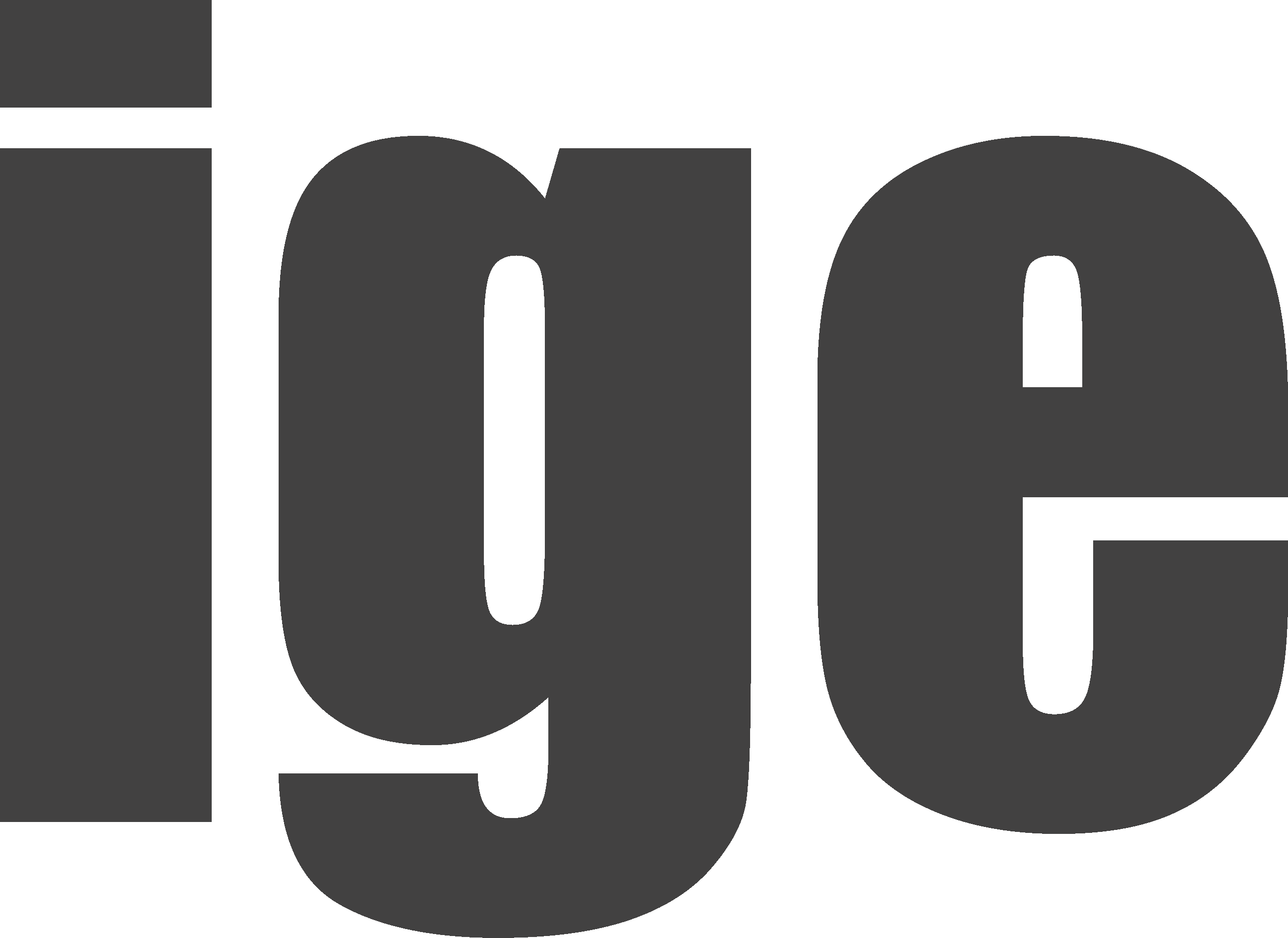MODUL ENERGY DESIGN
159.781 UE & SE Energy Design | W/S | 6SWS | 8ECTS | Master
MODUL ENERGY DESIGN
GROUND WORK
Recent events in Morocco and Libya have shown us once again the humanitarian tragedy caused by natural disasters. The increase in frequency of occurrence caused by climate change is yet another reason for the urgent need for our work on the prevention or reduction of the emission of greenhouse gases (GHG) into the atmosphere. Also important however is our adaption to the inevitable change in our climate already in progress.
Conventional responses in natural disaster zones have been to employ tents as immediate initial emergency shelters, to be replaced by prefabricated container solutions, which subsequently give way to temporary housing. In the aftermath of the detrimental earthquake in Southeastern Turkey in February 2023, the use of tents in the bitter cold winter, followed by the deployment of prefabricated containers in the hot humid summer conditions experienced in the region has proved wholly inadequate in terms of basic human comfort.
In this course, we will study ways to develop better solutions for these types of humanitarian crisis, based on 3D-printing technology and the use of local natural materials, which provide higher levels of human comfort while at the same time reducing the impact on the natural environment. The basic premise is the following: immediately following the catastrophe, a small team with the necessary know-how and a set of suitable 3D-printers is flown to the location. The emergency shelters are printed using local building material - mud/clay - collected by local volunteers. These 3D-printed shelters replace the tent structures usually employed. Their design ensures a higher level of comfort via thermal mass and insulation.
Subsequently, additional prefabricated elements are delivered to the site, which allow the construction of more elaborate structures by combining the printed emergency shelters into larger units, which offer thermally conditioned temporary housing. In this way, the intermediate step of prefabricated containers is eliminated. Subsequently, the additional prefabricated roof and wall elements are removed, and the building materials of the emergency shelters can be returned to the ground. A key goal of the design will be the reduction of printing time and materials for the emergency shelters.
Alongside the benefits offered to the victims of natural disasters all around the world, we will study how we can transfer the knowledge gained to “normal” buildings in mainstream society. Can we develop solutions for energy-efficient construction which use less materials and associated CO2-emissions and cost? How can we do more with less?
Our specialisation modules this semester are characterised by two factors:
- To maximise the synergies between research and teaching for both teaching staff and students, both modules we are offering this semester are based on and intimately aligned with the PhD topics of 2 key staff at our institute. You will be working with people who are both knowledgeable about these topics but also very passionate about them
- This semester, we have decided to place more emphasis on the social and economic aspects of sustainable urban design and architecture. Nobody talks about money in architecture school. However, money is part of life and real projects and economic and social factors have a strong influence on what architecture can do.
Lehrveranstaltungen
159.781 SE Energy Design
159.782 UE Energy Design
TUGRAZ online
SE Energy Design
UE Energy Design
